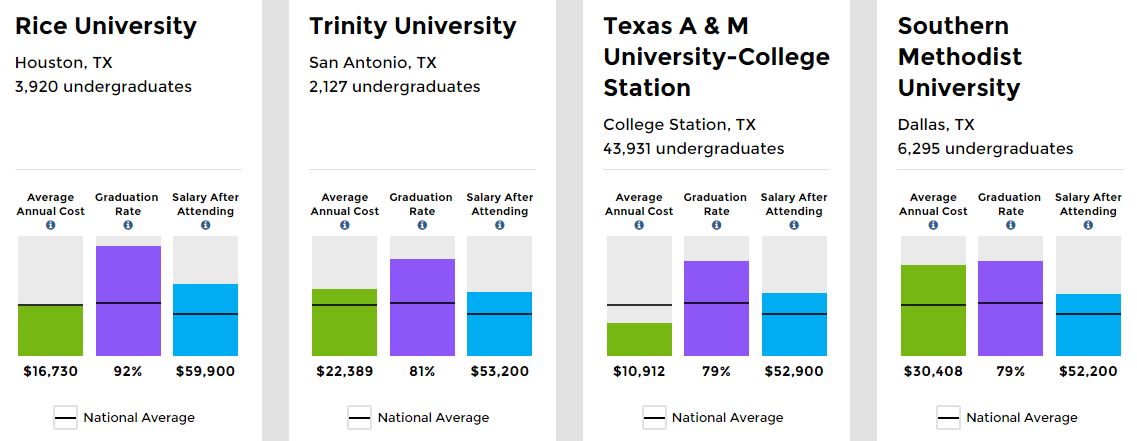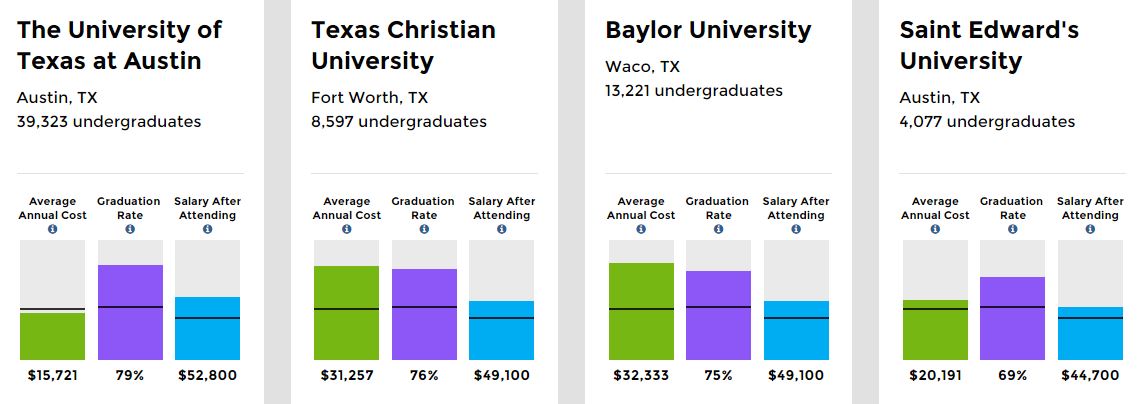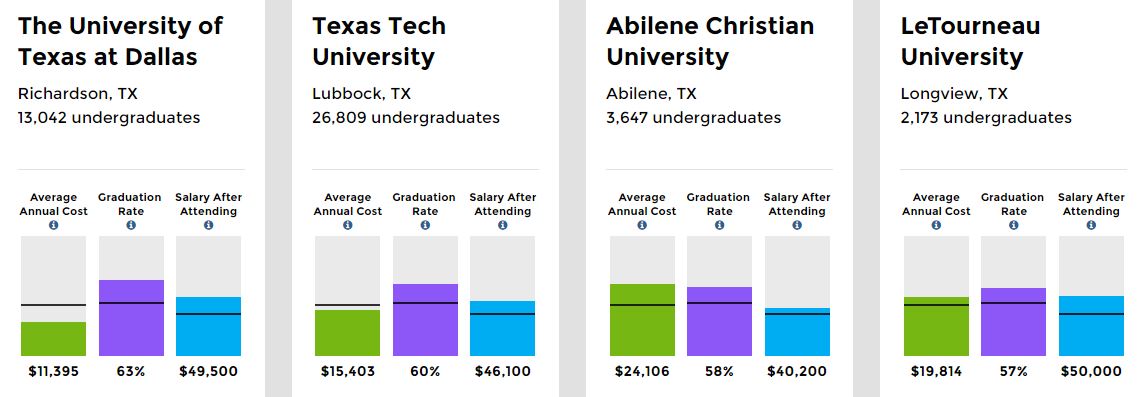Two years, President Obama announced that the government planned to start ranking colleges based on their students’ outcomes, such as their graduation rates, salaries, and success paying back loans. The idea was to help young adults make more informed decisions about applying to school while humiliating the worst-performing institutions into mending their ways. The administration also wanted to tie schools’ eligibility for certain kinds of financial aid to their performance on the new grading system.
Of course, not everyone was on board with this new idea, and the concept was controversial for two reasons: because colleges don’t want to be held accountable for students who flounder once they leave campus, and because it wasn’t clear who we could come up with a single rankings methodology that could apply fairly across the entire scope of higher-ed, from Ivy League universities to community colleges to cosmetology schools.
However, September 2015, the administration changed course from ranking system to a new website that showcases these facts for students and families. The Department of Education unveiled a new website known as the College Scorecard, which still allows students to compare schools based on what their alums earn, along with price, financial aid, student retention, and diversity, among other details. It also made public the vast and unprecedented trove of data underpinning the site. So the White House seems to have given up on rating colleges from best to worst in numerical order that we’re accustomed to, it is still making it easier to figure out which schools are a waste of money and which are worth it.
The rankings might not be dead just yet. By making this data free and avaialble to the public, the Department of Education is waiting for other organizations to come up with their own grading systems: PayScale is incorporating the numbers into its annual report on colleges’ return on investment. More information is a good thing because it ensures students and families can make an informed decision about where to attend and where to spend their money.
Here are snapshots of the Texas colleges and how they compare, organized by graduation rates:



